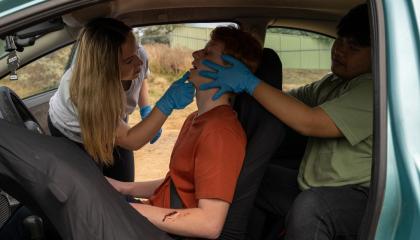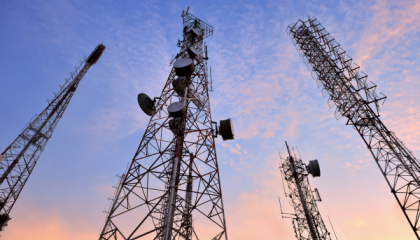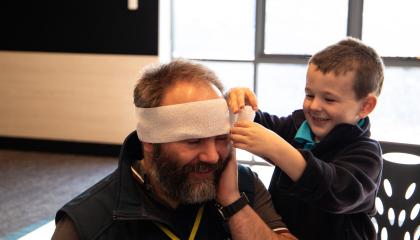Recent research by the Baker Heart and Diabetes Institute and Ambulance Victoria has unveiled a concerning disparity: women experiencing a cardiac arrest are half as likely as men to receive bystander defibrillation. With only 5% of women receiving this lifesaving intervention outside hospitals—compared to 10% of men—the need for increased CPR training is glaringly evident.
Additionally, research presented at the European Emergency Medicine Congress revealed study participants wrongly believed women rarely went into cardiac arrest due to male-centric representations in the media, and the fact that male mannequins are used for CPR training.
To foster inclusivity and normalise the provision of aid to female cardiac arrest victims, St John Ambulance Tasmania has introduced female mannequins, "womanikins", into our training rooms.
This initiative is more than a training update; it represents our commitment to inclusivity in first aid education, ensuring everyone is equipped to assist effectively, regardless of the victim's gender.
The Lifesaving Power of Immediate Defibrillation
Early access to an Automated External Defibrillator (AED) can majorly boost the survival chances for someone having a cardiac arrest. For every minute we wait to defibrillate, the chance of survival drops by a scary 7-10%. But here's the good news: quick defibrillation, along with CPR, can double or even triple a person's shot at survival!
Let's Talk Training: Demystifying CPR & Defibrillation for Women
A 2019 study found bystander reluctance to perform CPR on women, was primarily due to fears of inappropriate contact, causing harm, and a lack of awareness of cardiac arrest signs in women.
Addressing these concerns through effective training is vital. Participants learn that metal underwire bras should be removed before AED use to prevent interference and burns, but removing all bras isn't necessary. Furthermore, education on Good Samaritan laws reassures individuals that they are protected legally when assisting in emergencies, encouraging decisive action.
A Call to Arms (and Hands!)
Learning first aid is an empowering step that anyone can take. The knowledge and skills gained can be the difference in a life-or-death situation. By addressing the gender gap in emergency responses, we can foster a community where everyone is prepared to support and assist in times of need. Let's come together to save lives and strengthen the bonds within our community.





